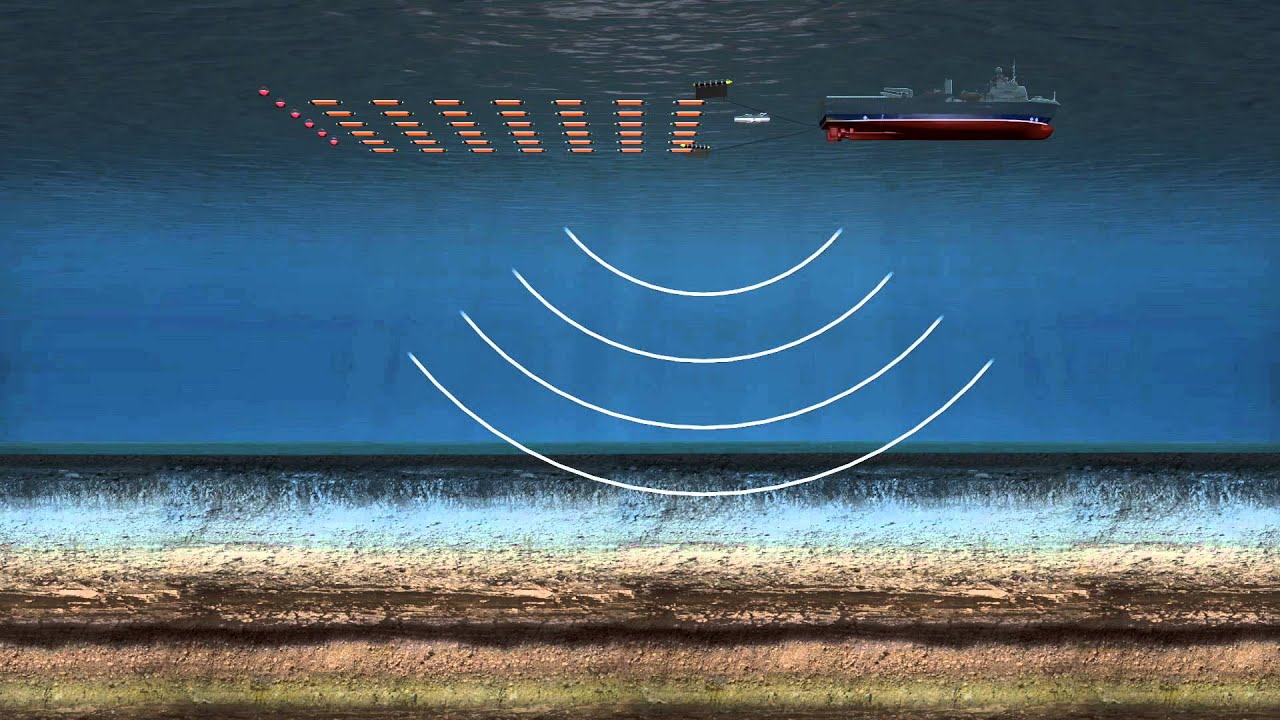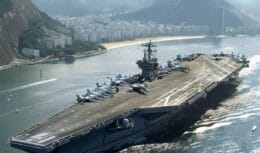
Does most of modern Brazilian industry use fossil fuels from discoveries on the seabed? But do you know what technology to find oil and the types of operations involved?
The seismic survey consists of carrying out an oceanographic ultrasound, carried out using sound waves captured by seismic cables, with the aim of finding oil and gas reserves in the marine subsoil.
The ships used in this research are vessels that carry a series of equipment necessary for research, such as compressed air sources, which emit low frequency sound waves that go to the bottom of the sea and return to the surface and are captured by the ship's seismic cables. . These signals are interpreted and generate geophysical data that enable the analysis of the marine subsoil, and thus the knowledge of which areas are most likely to contain oil and gas reserves. The seismic ship contains several storage places (of seismic cables, compressed air bottles, and others), hangar, workshops, large operation area, laboratories with different functions.
There are few such ships. This in practice means that there is not much information available about this type and ship.
The seismic survey is the first step to be carried out in the chain of activities developed to explore and produce oil. It consists of mapping and recognizing the various layers that make up the marine subsoil.
Curiosity: Sharks can bite the cable, disturbing the correct reading and interpretation of seismic data
The second Nautical Officer, Michel Ribeiro, reports something interesting, let's leave it in quotes so that you can understand the report:
“Excellent work! I had the opportunity to work on a CCG ALIZE seismic vessel. These seismic cables have a very high economic value, millions of dollars each. We left to do repairs on the bards, which are the depth controllers. The energy passing through the cables drew the attention of the sharks, which tore off pieces of the cables, resulting in a reading failure in that particular place where they attacked. For me, it was a pleasure to have to change the birds, we went by speedboat to make the change. Very wonderful experience!”
Source: Rafaela Bezerra Technologist, Tech. in Chemistry and Buildings. Reference for technical details: Oceânica UFRJ.









